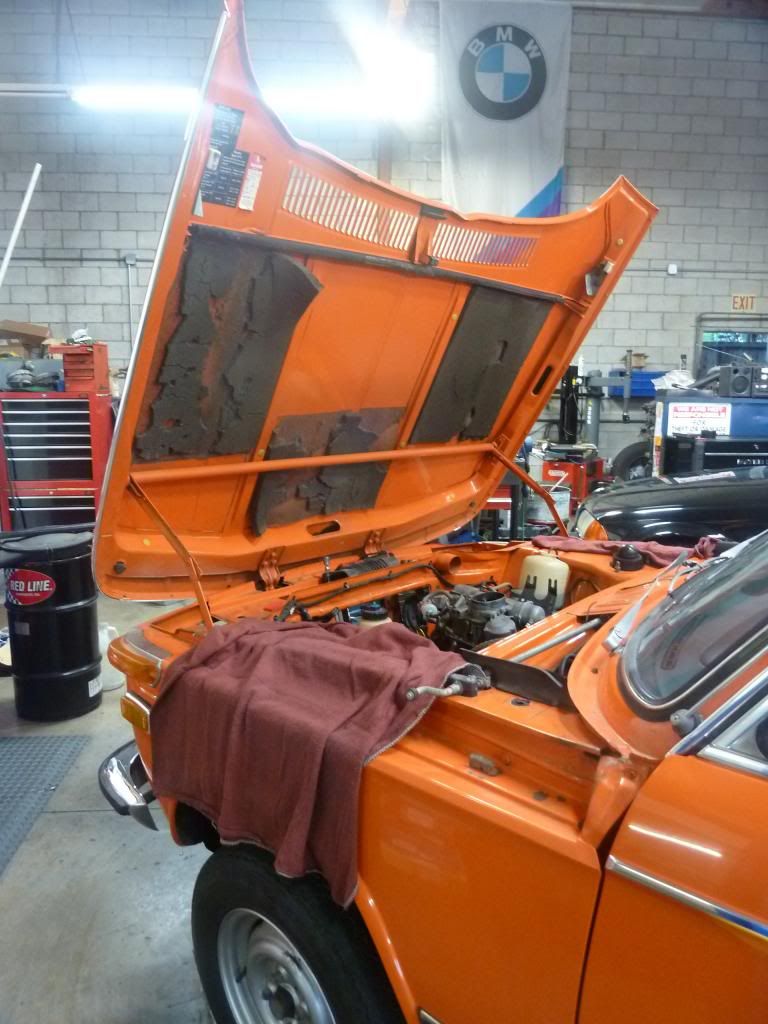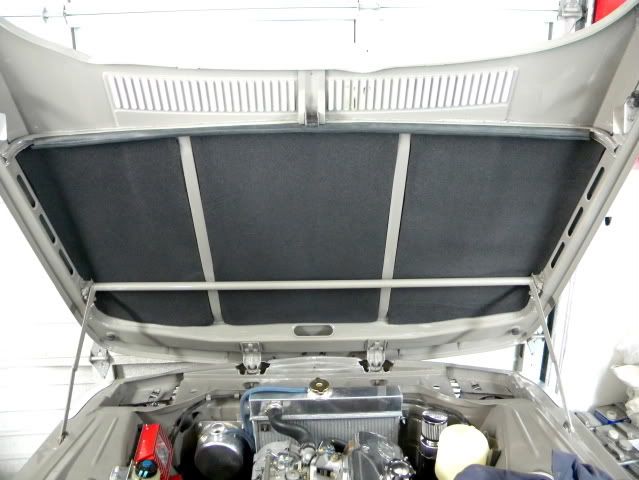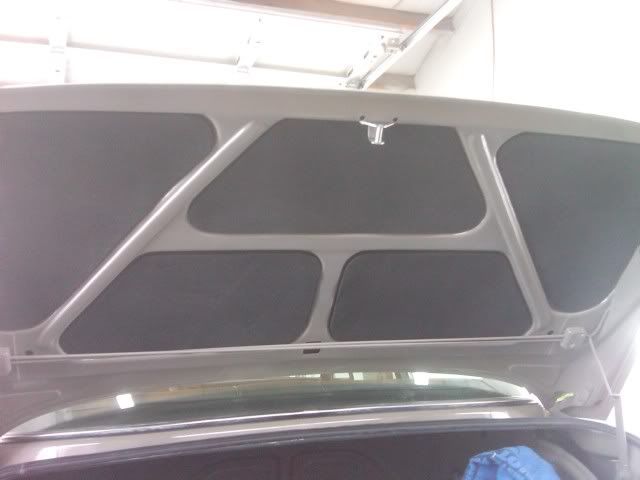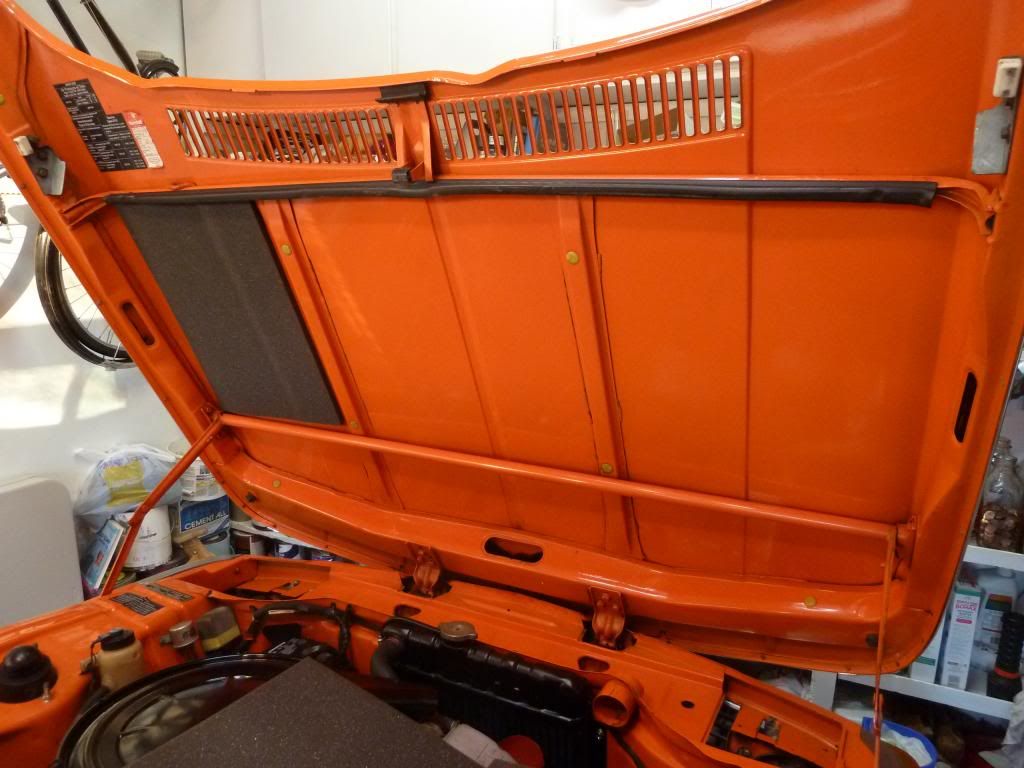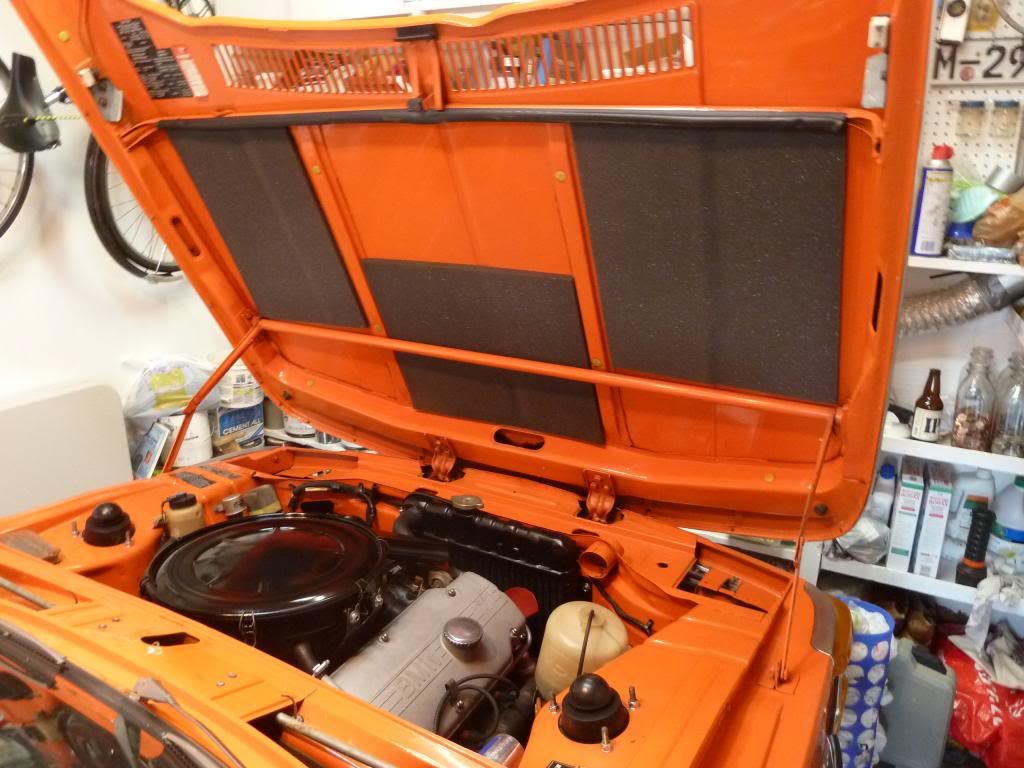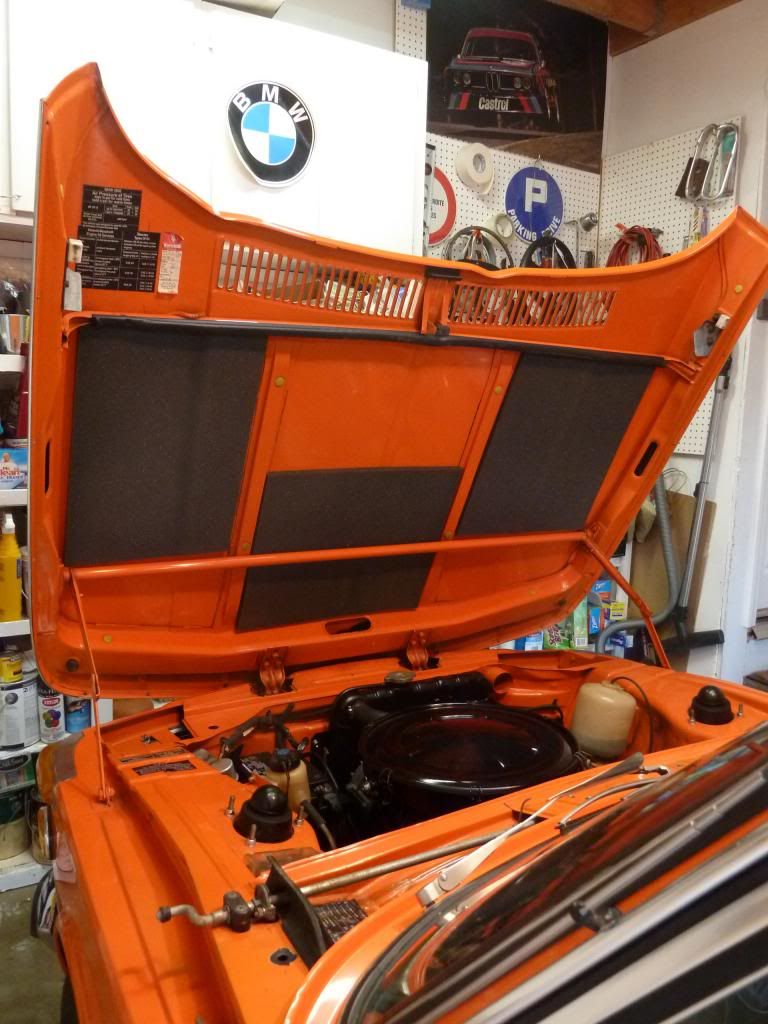So, how many hubs does it take to install a new steering wheel? In this case: four.
The bus steering wheel in my car is original and in excellent shape, free of cracks or other wear. The problem is that mentally, I replaced it before even buying the car. The large diameter doesn't bother as much as I thought it would, but it is just too thin.
I wanted something more substantial and had settled on a wood Nardi wheel. Originally I wanted one with black spokes, but those are usually 360mm, which is much smaller. Smaller diameter means increased steering effort, and since I am not the only member of my family that enjoys driving this car, this was a serious consideration. Nardi did make a larger wood wheel with black spokes but they go for an absolute fortune.
I was also sensitive to adding wood to the interior. While it would be very much at home in a 3.0csi, 2002s are more spartan. The solution came in the form of a vintage Nardi wheel complete with black spokes and wrapped in leather. As a bonus, the diameter was almost identical to the original. I found the wheel on eBay and the price was reasonable. According to the seller, an Englishman living in France, the wheel spent most of its life on a Jaguar touring around South Africa. If true, it's not a bad story.
It should be easy enough to bolt the wheel straight on, but no! Actually, I knew that I would need a Nardi-specific hub that was made to fit the splines on a 2002. Attempt number one came after my mechanic gave me an old hub that had been fitted to an '02. It looked like it would fit my wheel but I was wrong. The splines matched up alright but it turned out to be a Momo hub. Momo hubs can be made to work with an adaptor, which I bought cheaply enough, but the Nardi horn button which I purchased separately, would not fit! It was close, but it just wouldn't go. Strike one.
It would have been nice to have this free hub work out, but I was prepared to now purchase one. While not plentiful, these hubs are out there. Not long after this second hub arrived, it was apparent that there was a fitment issue. The splines looked like the right size, but the wheel just wouldn't slide on the shaft. Not wanting to force it, I contacted the seller who graciously offered to send me slightly modified model that he was sure would fit. Strike two.
I sent back the hub and the third one was sent shortly thereafter. It fit! At least it seemed to. The hub slid on perfectly, but not far enough. Pushed on as far as it would go, the wheel had a little slop when rocked gently back and forth. Even after tightening the nut the correct washer, there was unwanted movement because the splines did not completely mate. If I could have slid the hub on another 8mm, it would have been snug, but without machining the hub, this was not to be. Strike three. Forget Abner Doubleday, I was down but not out!
The third hub was returned for a full refund, minus shipping and I found another supplier with a hub that would supposedly work. Order placed. When this fourth hub arrived I was pleasantly surprised. The second and third hubs had plastic, accordion style outer sleeves which were not the most attractive. The fourth hub was the same style according to the eBay listing, but it was actually solid metal. This was a big plus. The joy didn't stop there because the hub slid right on and went far enough to avoid any slop. I secured the wheel to the hub using the eight screws supplied with the hub and connected the horn button. Maybe it was all of the practice removing and reinstalling the steering wheel, but these last steps were fast and easy.
Now I have a steering wheel that feels great in my hands, and to my eye, has a correct appearance in the car. A note to the purists: The old wheel has been carefully stowed because I plan to keep all of the original parts.
Friday, March 22, 2013
Sunday, March 3, 2013
Under the Hood
A couple of months ago I grew tired of fretting about a pretty ugly situation under the bonnet. Fortunately I am not referring to the M10 engine but the degrading foam lining the underside of the hood. Time and heat do no favors to this insulating material and mine was looking rather pathetic.
There are a few options for those who want to replace the foam but the unavoidable first step is a messy one. The original foam has to go! It begins easily enough by pulling the dry chunks off in your hands. Quickly though, you realize that there is a layer that will not give up without a fight. In my case, the adhesive is now 40 years old and officially baked on to the steel. Wanting to remove it properly meant doing things differently than my first attempt some 20+ years ago. Does this mean that I'm learning? Good news! Since my last try which resulted in the foam constantly flopping down onto the engine, a little thing called the Internet made its way on to the scene. One of the web's chief successes is a site called BMW 2002 FAQ. For anyone at all interested in 2002s, this is an amazing resource. Members come from all walks but have at least one thing in common, a passion for this iconic car. For every question about an upgrade or repair, there are numerous owners who have been there and done that. For this project I wanted to know the best way to efficiently remove the adhesive and I found my answer:
From the pictures that I've seen, they look great, and buyers seem very pleased with them. Ultimately I decided to go with OEM replacement pads purchased through Pelican Parts because my car is almost completely stock. Placement of the pads is fairly straightforward but you want to take care to line them up properly because as someone on FAQ wrote, "You only get one shot." The foam on the driver's side is slightly narrower and has a different part number.
There are a few options for those who want to replace the foam but the unavoidable first step is a messy one. The original foam has to go! It begins easily enough by pulling the dry chunks off in your hands. Quickly though, you realize that there is a layer that will not give up without a fight. In my case, the adhesive is now 40 years old and officially baked on to the steel. Wanting to remove it properly meant doing things differently than my first attempt some 20+ years ago. Does this mean that I'm learning? Good news! Since my last try which resulted in the foam constantly flopping down onto the engine, a little thing called the Internet made its way on to the scene. One of the web's chief successes is a site called BMW 2002 FAQ. For anyone at all interested in 2002s, this is an amazing resource. Members come from all walks but have at least one thing in common, a passion for this iconic car. For every question about an upgrade or repair, there are numerous owners who have been there and done that. For this project I wanted to know the best way to efficiently remove the adhesive and I found my answer:
Applied liberally, Contractor's Solvent breaks down the old glue. This process is very messy so I had a sheet of plastic covering the engine bay. Using a plastic scraper, I was able to turn the remaining adhesive into goopy blobs (sorry to get technical) that dropped safely onto the plastic safety net. I sprayed on one side of the hood and then scraped on the other. After the other side had absorbed the solvent for several minutes, I switched sides. Back and forth I went until I was left with virgin paint. I did this over a few days and it was several hours in total. Job almost complete!
As I said before, there are options when it comes to replacing the original foam. Some go with the aluminum lined pads that provide extra insulation and deflect the engine heat. One popular choice are the pads sold by Woody on the FAQ site. Unlike the OEM pads, Woody's fill almost the entire surface area.
Woody also sells foam for the underside of the trunk lid.
The center pad is identical to the one on the passenger side, but rotated 90 degrees.
Et voila! I have to say that this process was very satisfying. It is a massive aesthetic improvement and probably dampens the engine noise as well. Wait, did I just make a mistake?!
Subscribe to:
Posts (Atom)



